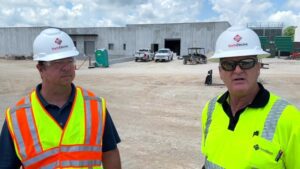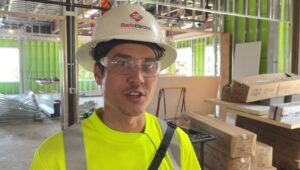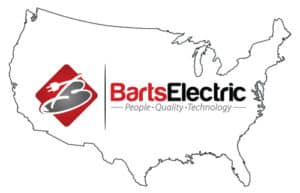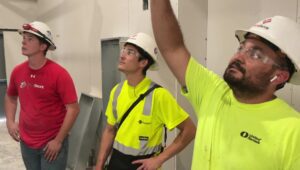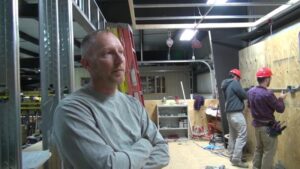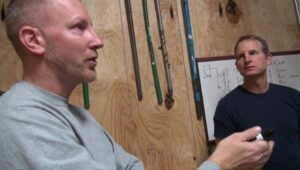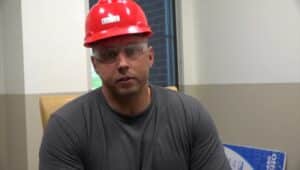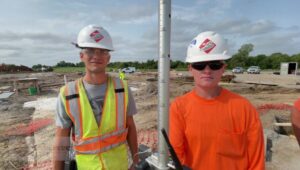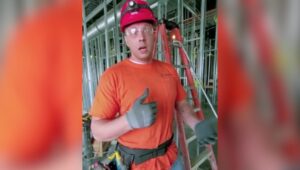Barts Electric, a leading national electrical construction contractor, is committed to not only providing top-notch services but also nurturing the next generation of skilled electricians. In this article, we’ll delve into the insights shared in a recent Barts Electric company video, offering valuable information for both experienced journeymen and those aspiring to embark on a career in the electrical field.
Barts Electric: A National Electrical Construction Contractor
Barts Electric stands out as a national electrical construction contractor, known for its excellence in the industry. With a commitment to training and development, the company is actively seeking new electrical apprentices and experienced journeymen to join its team.
Paid Training Opportunities
In the video transcript, Barts Electric emphasizes its unique approach to training. Unlike traditional training programs, Barts Electric offers paid training for individuals, creating a win-win situation. The company recognizes the importance of investing in its workforce and is willing to compensate individuals for their commitment to learning and growth.
Accelerated Career Paths
To expedite the journey from novice to seasoned professional, Barts Electric encourages its electricians to be on the “fast track.” The company acknowledges that the work done in a controlled environment may differ from fieldwork, where productivity is paramount. By paying individuals to be trained, Barts Electric aims to develop skilled professionals who can adapt quickly to the demands of the field.
Overcoming Initial Concerns
The video acknowledges that newcomers may have concerns about the apparent lack of workforce or fear of potential layoffs. Barts Electric reassures its team members that the current phase is an investment in training, not a reflection of the company’s workload. This unique approach aims to alleviate worries and instill confidence in the trainees, allowing them to focus on their learning and development.
Three Key Focus Areas
Barts Electric outlines three crucial areas for electricians to concentrate on during their training:
- Learn: Actively engage in the learning process, absorbing knowledge and skills that will be applicable in real-world scenarios.
- Quality: Work on refining the quality of your work. Attention to detail and precision are essential attributes that Barts Electric values in its workforce.
- Speed: While quality is paramount, trainees are encouraged to develop efficiency and speed. The ultimate goal is to strike a balance between delivering high-quality work and completing tasks in a timely manner.
Perfect Practice Makes Perfect
The video emphasizes the importance of perfect practice over mere repetition. Barts Electric encourages its electricians to focus on learning the right way to perform tasks, as this will naturally lead to increased speed over time. The company believes that practice is not just good; it’s perfect practice that makes a significant difference in skill development.
Barts Electric’s commitment to training and development is evident in its innovative approach to paid training programs. Aspiring electricians and experienced journeymen alike can benefit from the company’s emphasis on learning, quality, and speed. By joining the Barts Electric team, individuals have the opportunity to not only build a successful career but also contribute to the growth and excellence of one of the nation’s premier electrical construction contractors.













